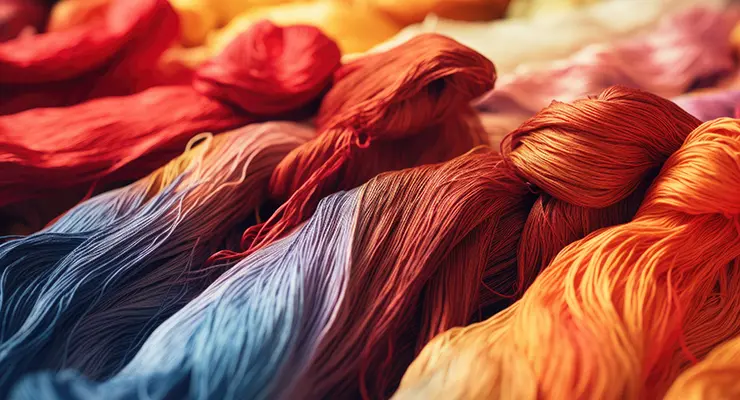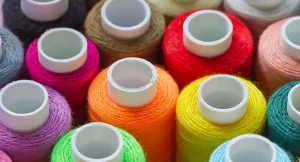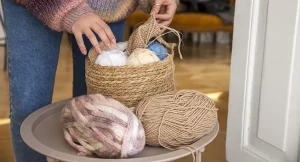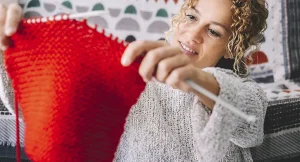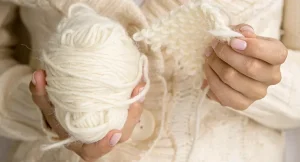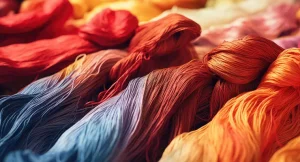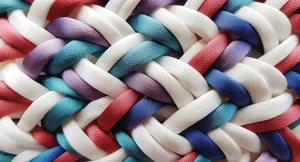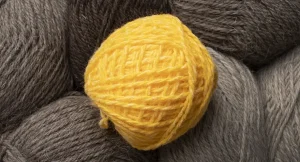The dyeing and processing of yarns is critical to the quality and aesthetics of the final product. These processes determine the color retention capacity, durability and overall performance of the yarns. As Fold Yarn, we share with you the techniques used in the dyeing and processing of yarns and how these processes contribute to yarn quality.
Painting Process
a. Pre-Processing The preparation of the yarns for the dyeing process is a critical step in achieving a quality result. In the pre-treatment stage, the yarns are cleaned of dirt, oil and other impurities. This ensures that the dye penetrates evenly and permanently into the yarn. Furthermore, the moisture content and pH value of the yarns are also optimized, increasing the efficiency of the dyeing process.
b. Painting Techniques The techniques used to dye yarns vary depending on the type of yarn and the desired result. The most common dyeing techniques are:
- Direct Dyeing: This technique is carried out by dipping the yarns directly into the dye solution. It is a fast and economical method, but it can be difficult to achieve color uniformity in some types of yarn.
- Reactive Dyeing: Reactive dyes chemically bind to yarn fibers to create permanent and vibrant colors. This method is particularly common in cotton yarns.
- Acid Dyeing: Acid dyes are suitable for protein-based yarns (e.g. wool and silk). This method gives the yarns bright and durable colors.
- Disperse Dyeing: This method, which is used for dyeing polyester and other synthetic yarns, allows the colors to penetrate the fibers by dyeing at high temperature.
c. Post-Painting Processes After the dyeing process is completed, the yarns go through washing, rinsing and drying processes. These processes remove excess dyes and chemicals from the yarns. In addition, a fixing process is applied to ensure that the dye is well fixed to the yarns.
Processing Processes
a. Softening and Finishing The softening and finishing of the yarns improves the texture and wearing comfort of the final product. The softening process makes the yarns more flexible and smoother. Finishing processes increase the performance and durability of the product by making the yarns water repellent, stain resistant and wrinkle resistant.
b. Mechanical Operations Various mechanical treatments are applied to increase the strength and elasticity of the yarns. These include methods such as stretching, bending and crimping. These processes ensure that the yarns have the desired physical properties.
c. Heat Treatment Heat treatments are used to improve the dimensional stability and durability of yarns. During these processes, the yarns are exposed to high temperatures, allowing the fibers to bond more tightly together. Heat treatments are widely used, especially in synthetic yarns.
Conclusion
The dyeing and processing of yarns are important steps that determine the quality and aesthetics of the final products. Applying the right techniques and processes increases the color retention, texture and durability of the yarns. At Fold Yarn, we offer our customers high quality yarns using the most advanced dyeing and processing techniques. We are at your side with our expert staff and innovative technologies to achieve excellent results in your projects.
